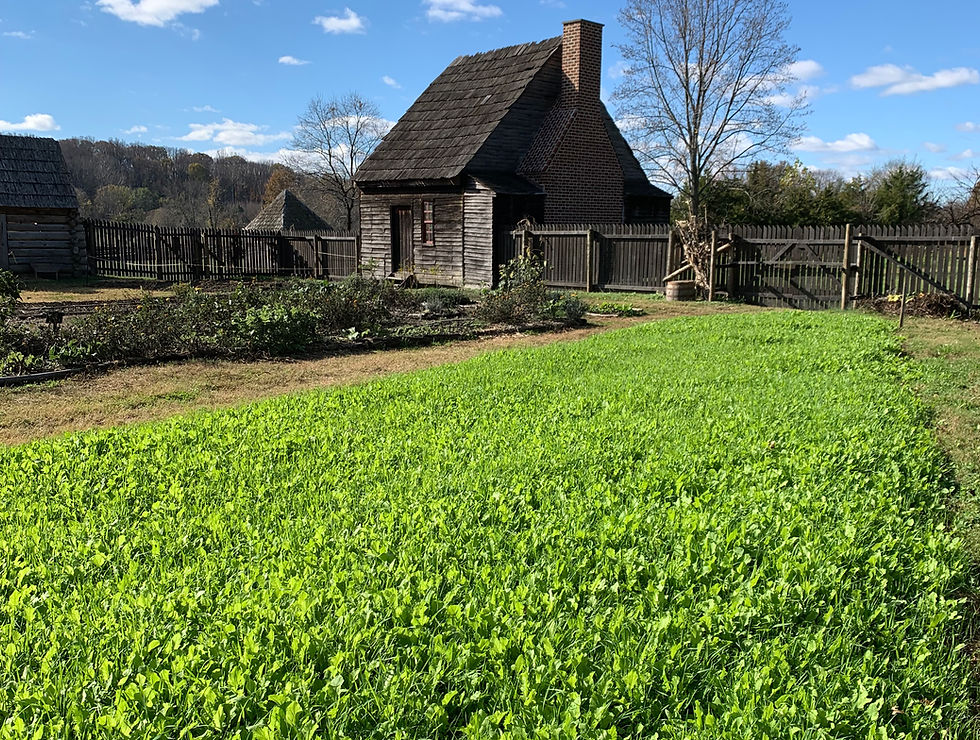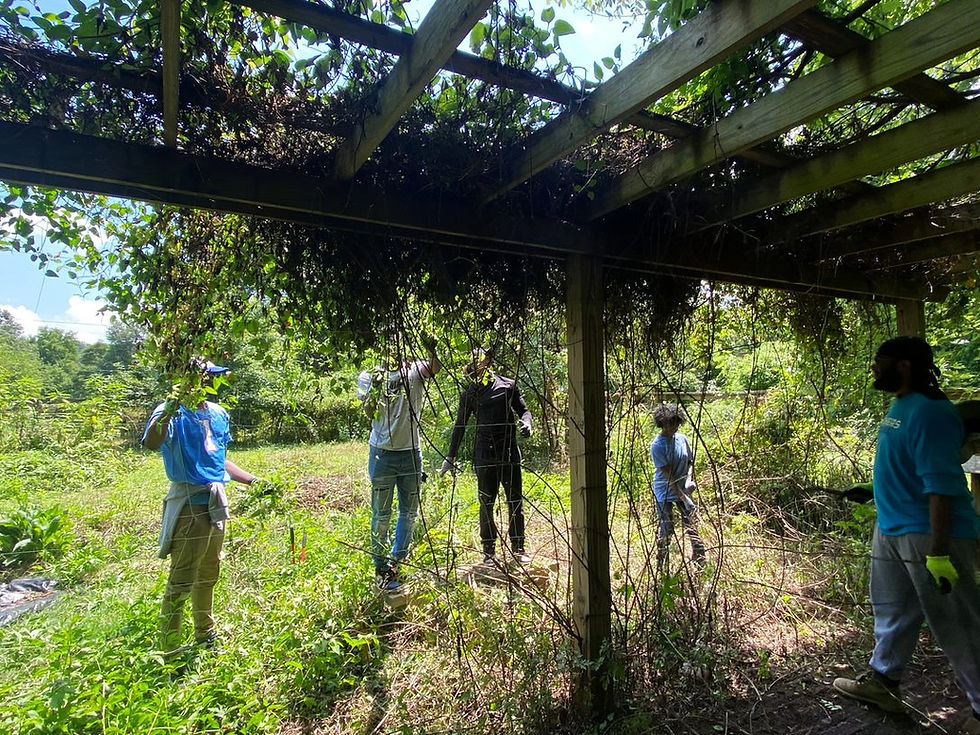Save the Bees (All of Them)
- Accokeek Foundation

- Sep 30, 2013
- 1 min read
by Alex Binck
If there’s one thing that we can agree on, it’s that honey bees are important. Just the other day I read an article in Time magazine on the threats facing them, and the threats facing us if we fail to save them. Honey bees (Apis mellifera) are threatened by introduced diseases, parasites and, perhaps most importantly, the toxic pesticide residues which now permeate our environment. We hear that 90% of our crops depend on bees for pollination, and the implication is that if honey bees die out, so will 90% of our food sources. Sounds pretty dire. Unfortunately, as is often the case with anything you hear in the media, this fear is overblown while simultaneously masking the real problems we face. First, it’s worth noting that honey bees are not native to the Americas. The native Americans had complex systems of agriculture which supported millions of people, and they did it without a single honey bee. How? Honey bees are not the only species of bee, and in North America alone there are over 4,000 wild species. For some plants which honey bees are incapable of pollinating, such as tomatoes or eggplants, our wild bees are the exclusive pollinators. Others, such as squash, blueberries, cherries, apples, and many others suffer from poor pollination when only visited by honey bees, and will set fruit most abundantly when visited by wild bees. Each plant has co-evolved with a suite of bee species best suited to pollinate it, and one species, no matter how industrious, can never replace these eons-old partnerships.
Now for the bad news. While it’s hard to assess the conservation status of a tiny group of insects almost no one notices or pays attention to, for the few species that have been assessed, such as bumblebees, the trend is one of precipitous decline. Some species which were common only a few decades ago have vanished almost entirely and, until recently, no one had noticed. How many of our 4000+ species are now facing a similar fate? No one knows.
So what are we to do about this? The most important factor affecting bee conservation is habitat destruction. While many forests and mountains are now preserved, wild meadows and open spaces continue to disappear. Native pollinators once lived in the brushy and weedy edges of every small farm across the nation. Today most of those places have been replaced with miles of corn and soybeans or housing developments with manicured lawns. Those few bees who survive this destruction are faced with toxic pesticides and exotic diseases spread by the commercial bee industry, which ships bees across the country and across the world. The solution is simple. Buy your food from local farmers who know that plowing every inch of their fields, spraying with toxic pesticides, and importing inputs from across the world are bad ideas. And think of the bees when planting your gardens!
Click here for more Field Notes







